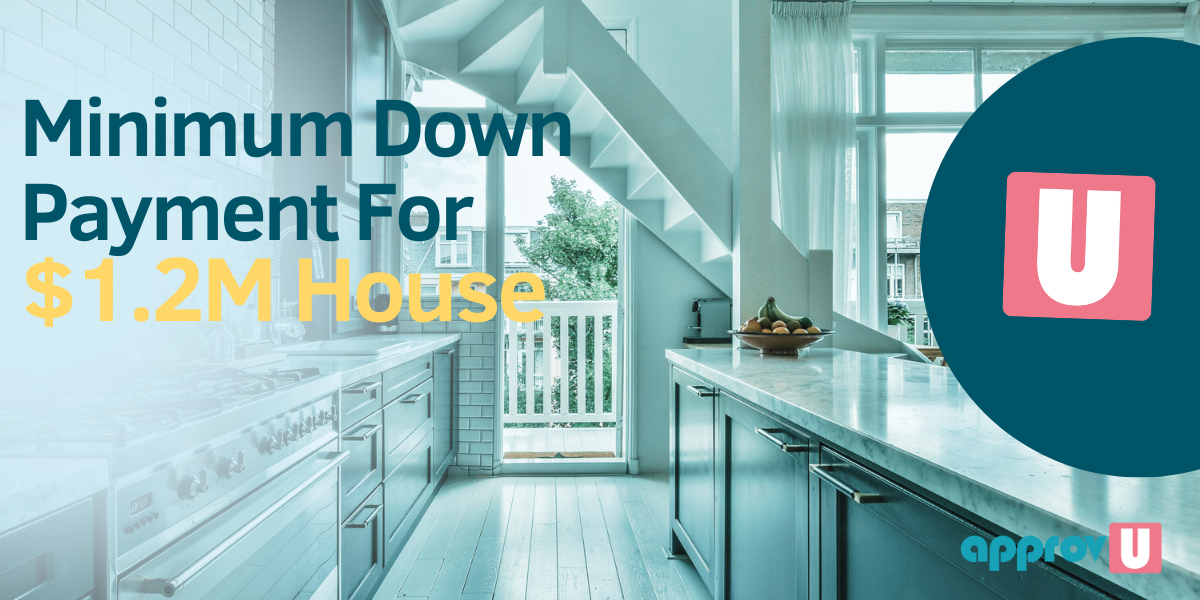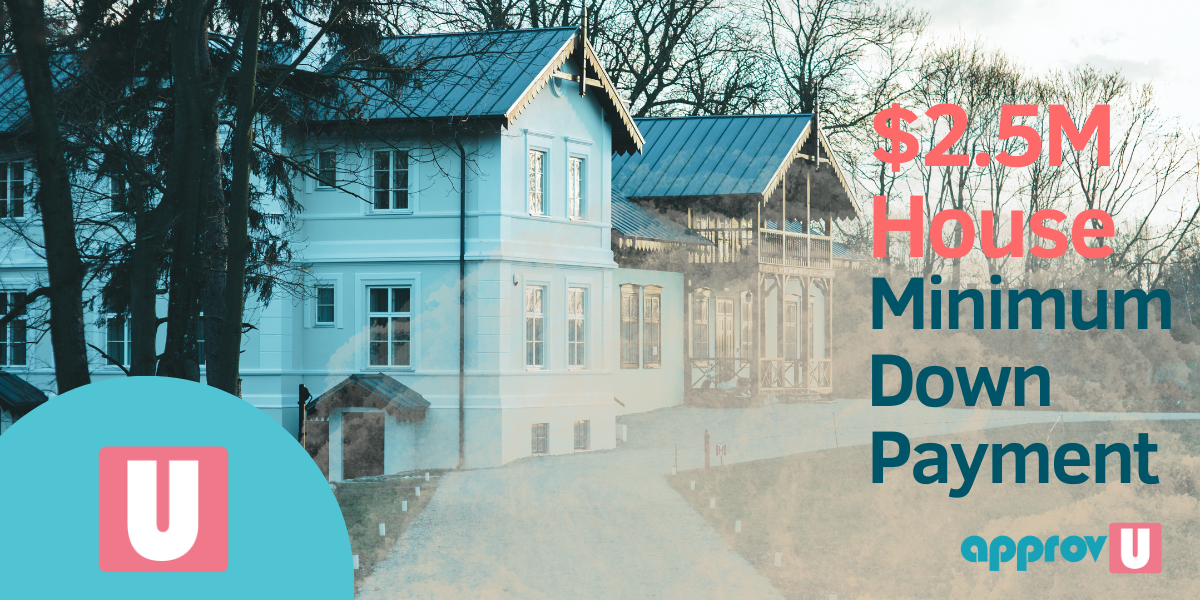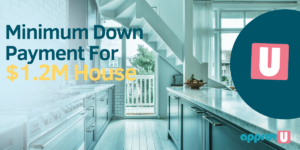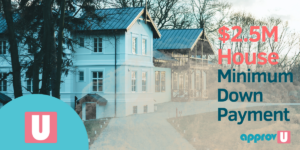Your home is more than just a building;
it’s where memories are created, where you find comfort and security, and for many, it’s one of the most significant investments you’ll ever make.
In today’s bustling world, safeguarding this investment isn’t just wise—it’s essential.
Whether it’s the unpredictable nature of the Canadian weather, the potential for accidents, or the simple wear and tear of time, countless factors could impact the well-being of your home.
This is where home insurance comes in.
Understanding the intricacies of home insurance might seem daunting for those navigating this housing market.
Yet, much like the foundations of a house, home insurance provides that crucial base of support, ensuring that you can bounce back from unforeseen adversities.
In this guide, you’ll be taken through the vast landscape of home insurance in Canada, illuminating the important details and helping you make the best decisions for your home.
Whether you’re a first-time homeowner or looking to revisit and better understand your existing policy, this comprehensive guide is tailored just for you.
Let’s embark on this journey together, ensuring your home remains the safe haven it was always meant to be.
Understanding the Basics of Home Insurance
As you dive into the world of home insurance, it’s crucial to grasp the foundational concepts that underpin this essential safety net.
Just as you wouldn’t build a house without understanding the materials, you shouldn’t approach insurance without a clear picture of its basic components.
Let’s break it down for you.
Definition of Home Insurance
At its core, home insurance is a contract between you and an insurance provider.
In exchange for your premiums, the insurance company promises to cover potential financial losses related to your home.
This might arise from natural disasters, fires, thefts, or even liability cases where someone gets injured on your property.
Main Components of a Standard Home Insurance Policy
– Dwelling Coverage: This covers the physical structure of your home—walls, roof, floors, and built-in appliances. If a storm damages your roof or a fire ravages a part of your house, this coverage helps foot the bill for repairs.
– Personal Property Coverage: Your belongings inside the home, from furniture to electronics and even some of your clothes, fall under this umbrella. If they’re stolen or damaged by a covered peril, you’ll receive compensation to replace or repair them.
– Liability Protection: Accidents happen. If someone slips on your icy driveway or your tree falls onto your neighbour’s car, this portion of your policy can help cover the legal and medical expenses stemming from such incidents.
– Additional Living Expenses (ALE): Imagine a scenario where your home becomes uninhabitable due to a covered peril. ALE steps in to cover the costs of temporary housing, meals, and other essential living expenses until you can return home.
Types of Home Insurance Coverage in Canada
Navigating the spectrum of home insurance policies can feel overwhelming.
However, understanding the different types of coverage available is the first step in ensuring that your home is adequately protected.
Here’s a breakdown of the main types of home insurance coverage in Canada, tailored to help you identify what aligns best with your needs.
Basic or Named Perils Coverage
This is the most straightforward form of coverage, designed to protect against specific risks or “perils” that are named in the policy.
If your home suffers damage or loss from a peril not listed, you’re on your own.
For instance, if your policy names fire and theft but not water damage, and a burst pipe floods your basement, that loss wouldn’t be covered.
Broad Coverage
Think of this as a middle ground between the basic and comprehensive policies.
It offers comprehensive coverage on the big-ticket items, like your dwelling, while maintaining a named perils approach for your personal belongings.
So, if your policy safeguards the structure of your home against any unexpected incident but only covers your possessions against specific named events, you’ve got broad coverage.
Comprehensive or All Perils Coverage
This is the most extensive coverage you can opt for.
It protects against all perils except for those explicitly excluded.
Exclusions can range from predictable events, like wear and tear, to rare occurrences, like earthquakes.
With this policy, you’re casting the widest safety net around your home, ensuring maximum protection.
No-Frills Coverage
If your property doesn’t meet the typical underwriting criteria, perhaps due to structural issues, you might be offered this basic type of insurance.
It covers the bare essentials, allowing you some form of protection while you address and fix the underlying issues with your property.
Factors Affecting Home Insurance Premiums
When it comes to insuring your home, you might wonder,
“Why does my neighbour’s premium differ from mine?”
or
“What can I do to reduce my insurance costs potentially?”
The premiums you pay aren’t plucked out of thin air.
Instead, they’re carefully calculated based on a combination of factors.
By understanding these, you can gain insights into how insurers view risk and find ways to get the best bang for your buck.
Location of the Property
Where your home is situated can greatly influence your premium.
Is it in an area prone to flooding or earthquakes?
Or maybe in a neighbourhood with higher crime rates?
Such factors can increase your premium.
On the flip side, if you live close to a fire station or in a gated community with added security, you might see a reduction in your costs.
Age and Condition of the Home
Older homes, especially those not updated with modern safety standards, can be considered higher risks.
Think about it: old electrical wiring can be a fire hazard, while dated plumbing might be prone to leaks.
If your home has been recently renovated with upgraded utilities, let your insurer know, as it might positively impact your premium.
The Replacement Cost of the Home
Considering current construction costs, materials, and labour, this isn’t about your home’s market value but rather the cost to rebuild it from scratch.
A grand mansion will, naturally, cost more to replace than a cozy two-bedroom bungalow.
Deductible Amounts
The deductible is the amount you’d pay out-of-pocket in the event of a claim before your insurance kicks in.
A higher deductible generally translates to a lower premium, but it’s vital to ensure the amount is something you’d comfortably be able to afford should the need arise.
Claims History
Have you made several insurance claims in the past? Insurers might view you as a higher risk, leading to increased premiums.
On the contrary, if you’ve been claim-free for several years, you might be eligible for a discount.
Additional Coverages and Endorsements
In the complex tapestry of home insurance, the basic policy you select offers foundational protection.
Yet, your life and home are unique, filled with nuances that a standard policy might not cover.
This is where additional coverages and endorsements come into play, acting like customized add-ons to ensure your policy fits just right.
Water Damage Endorsements (e.g., Sewer Backup, Overland Flooding)
Water damage is one of the most common home insurance claims in Canada.
While some forms of water damage might be covered under your basic policy, others, like sewer backup or overland flooding, often aren’t.
These endorsements fill those gaps, ensuring you’re not left high and dry should water woes strike.
Earthquake Coverage
Certain regions in Canada, especially along the West Coast, are more prone to earthquakes.
Standard policies typically don’t cover this natural disaster, so this add-on can be a crucial safeguard if you’re in an at-risk zone.
Identity Theft
In today’s digital age, the risk of identity theft has surged.
The ensuing mess can be costly and time-consuming if someone steals your identity.
This coverage helps with expenses related to restoring your identity and credit standing.
Home-Based Business Coverage
Do you run a small business from your home?
Maybe you’ve converted a room into a studio or office?
Standard policies might not cover business-related equipment or liabilities.
This endorsement ensures an unexpected incident doesn’t douse your entrepreneurial dreams.
Ways to Reduce Your Home Insurance Premiums
Ensuring the safety and security of your home doesn’t have to break the bank.
While home insurance is undeniably essential, there are ways to balance comprehensive coverage and affordability.
Here’s a closer look at strategies you can employ to trim your insurance costs without compromising protection.
Bundling Policies (e.g., Auto and Home)
Many insurers offer discounts if you purchase multiple policies from them.
By bundling your home insurance with, say, your auto insurance, you could benefit from a significant reduction in your premiums.
It’s a win-win: simplified management with fewer providers and savings!
Increasing Your Deductible
Remember, the higher your deductible, the lower your premium.
While this means you’d pay more out-of-pocket in the event of a claim, if you have an emergency fund or savings to cover that cost, this could be a viable way to save on regular premiums.
Installing Safety and Security Devices
Think of things like smoke detectors, burglar alarms, or sprinkler systems.
By equipping your home with these, not only are you enhancing safety, but you’re also signalling to insurers that your property is a lower risk.
Many companies offer discounts for such installations, so it’s worth inquiring.
Regular Maintenance and Timely Repairs
A well-maintained home is less likely to experience issues, from leaky roofs to faulty wiring.
You reduce the risk of potential claims by staying on top of repairs and routine checks.
Over time, a good maintenance record can positively influence your premium rates.
Making a Claim: Steps and Best Practices
The unforeseen has struck: perhaps a storm damaged your roof, or an unexpected fire broke out.
It’s in these trying moments that your insurance policy proves its worth.
But how do you navigate the claims process?
Ensuring a smooth experience hinges on your preparedness and understanding of the procedure.
Here’s a guide to walk you through it step by step.
Documenting the Damage (Photos, Descriptions)
Before anything else, ensure the safety of everyone in the home.
Once that’s done, start by meticulously documenting the damage.
Capture clear photos or videos of the affected areas using your phone or camera.
Couple these visuals with detailed descriptions, noting the damage extent, potential causes, and items affected.
Contacting Your Insurance Provider Promptly
Time is of the essence.
Reach out to your insurance company as soon as you can.
Most insurers have a 24/7 helpline or emergency contact number.
Relay the preliminary details of the incident and get guidance on the next steps.
The sooner you initiate the process, the quicker you can return to normalcy.
Working with Adjusters and Contractors
After your initial report, the insurance company will typically send an adjuster—a professional trained to assess damage and determine compensation.
Be present during their visit, walk them through the damage, provide your documentation, and answer any questions.
Additionally, get a reputable contractor to give an estimate if repairs are needed.
Some insurance companies might have preferred contractors, so always inquire.
Understanding Your Policy’s Limits and Exclusions
While you may have documented and reported everything, knowing what your policy covers is crucial.
Revisit your policy or speak with your provider to understand the limits, deductibles, and exclusions.
This clarity will help set expectations for compensation and out-of-pocket expenses.
Tips for Choosing the Right Insurance Provider
Selecting the ideal insurance provider is much like finding the right partner: you want someone reliable, understanding, and there for you during the highs and lows.
With numerous options available, how can you ensure you’re making the right choice?
Here’s a guide to help you discern and decide.
Reputation and Customer Reviews
Start by diving into the provider’s reputation.
Look for customer reviews and testimonials online.
Websites, forums, or even social media platforms can offer valuable insights into the experiences of other policyholders.
A company with a history of positive feedback and prompt claim resolutions is worth considering.
Coverage Options and Flexibility
Your home and needs are unique.
Thus, opting for a provider offering flexible policies tailored to your specifics is vital.
Delve into the variety of coverages they offer, any additional endorsements, and their adaptability to changes in your life or property.
Claims Processing Speed and Efficiency
In the aftermath of an incident, the last thing you want is a drawn-out claims process.
Investigate the provider’s claim settlement ratio and the average time to resolve claims.
A company known for its efficiency and speed in this department can be a boon during challenging times.
Cost Comparisons
While cost shouldn’t be the sole determining factor, it’s undoubtedly important.
Obtain quotes from multiple providers, ensuring you compare apples to apples regarding coverage, deductibles, and limits.
This will help you gauge the market rate and determine which provider offers the best value for your money.
The Role of Provincial Regulations
Canada’s vast expanse is not just diverse in its landscapes but also in its regulatory frameworks.
When it comes to home insurance, understanding how provincial regulations play a role can provide clarity and shape your decisions.
Here’s a glimpse into how these regulations might affect you.
Provincial Differences in Insurance Requirements
Each province in Canada has its unique set of rules governing home insurance.
For instance, while earthquake coverage might be highly recommended in British Columbia, it may not be as emphasized in the prairies of Manitoba.
By familiarizing yourself with your province’s specific guidelines, you can ensure you’re adequately covered as per local standards.
Benefits and Drawbacks of Regulated Insurance Markets
Some provinces have more regulated insurance markets than others.
A more regulated market can mean standardized rates and coverages, offering you a sense of stability.
However, on the flip side, it may also limit the number of options available, potentially making it harder to find a tailored policy.
Conclusion
Your journey through the intricacies of home insurance in Canada has been comprehensive, enlightening, and empowering. As you stand at this crossroads, you must pause, reflect, and internalize the insights you’ve gained.
Your home, with its walls echoing laughter, moments of introspection, and milestones, is more than just a structure; it embodies your dreams, aspirations, and cherished memories.
Safeguarding it, therefore, goes beyond mere financial prudence—it’s an act of love, foresight, and responsibility.
It’s crucial to stay informed, continuously revisiting and tweaking your policy as your life evolves.
Whether it’s a home renovation, a change in the family structure, or even a shift in the surrounding environment, every alteration can impact your insurance needs.
Finally, while navigating the world of premiums, claims, and coverage options, always remember the essence of insurance. It’s not just about numbers and clauses but the profound peace of mind it brings. With the right policy, you can rest easy, knowing that come what may, your sanctuary remains protected.
















